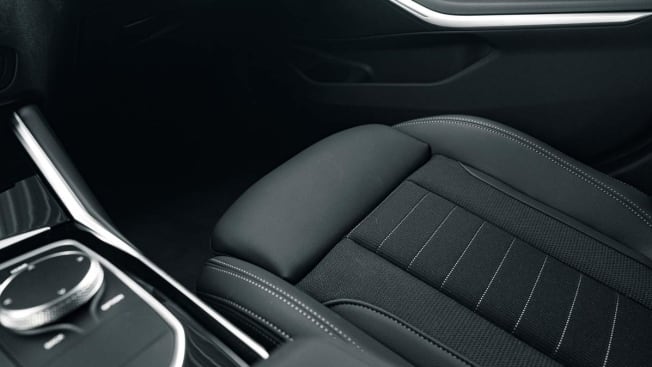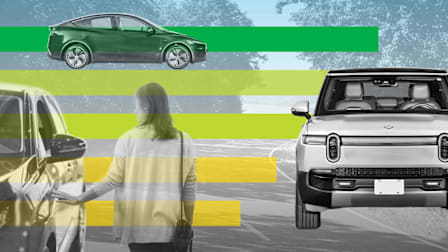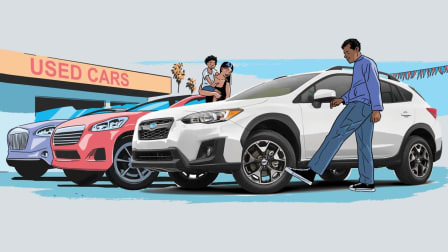Do Cars With a Dark Interior Really Get Hotter in the Sun?
The difference between dark and light interiors might not be as substantial as you think

There’s a common belief that if you live in a warmer climate, you should opt for a lighter interior when buying a car because a lighter interior will help to reflect ultraviolet rays and keep you cooler. But how much hotter are dark interiors vs. light interiors?
“Consumer Reports’ test engineers took two cars, one with a light-colored exterior and light-colored interior, and the other with a dark exterior and dark interior, and parked them both outside,” says Mike Monticello, CR’s road-test manager. “The temperature initially inside both cars was 78° F. Within an hour, they were both over 100° F. The darker car did get a little bit hotter, but only by a few degrees. And that was only after an hour, so think about how hot these cars would get for an even longer period of time.”
A light-colored interior is going to be slightly cooler, but when you’re talking over 100° F inside, it’s really hot either way. Parents and pet owners should be aware that a car can heat up to dangerous levels even when it isn’t the middle of summer.
Best Auto Products of the Year
Car Batteries • Car Tires • SUV and Truck Tires • Winter/Snow Tires • Infant Car Seats
Editor’s Note: This article has been adapted from an episode of "Talking Cars With Consumer Reports."



















